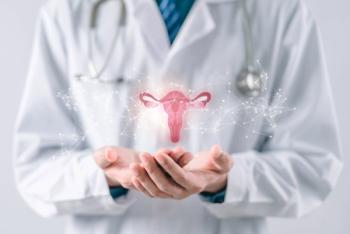
Cigarette smoking and HPV: a deadly combination
Women who smoke cigarettes and who are infected with high levels of human papillomavirus type 16 (HPV-16) increase their risk of cervical cancer as much as 27-fold, according to a Swedish study, which is one of the largest to date on the subject.
Women who smoke cigarettes and who are infected with high levels of human papillomavirus type 16 (HPV-16) increase their risk of cervical cancer as much as 27-fold, according to a Swedish study, which is one of the largest to date on the subject.
The researchers found that women who are positive for HPV-16 on their first smear and who smoke are 14 times more likely to develop cervical cancer in situ (CIS) than HPV-16–negative smokers, but only six times more likely to develop the disease than HPV-16–positive nonsmokers. HPV-16–positive smokers with a high viral load at the time of their first smear were at 27 times the risk of HPV-16–negative smokers, while nonsmoking women with a high HPV-16 load had only 6 times the risk of HPV-16–negative nonsmokers.
Gunnell AS, Tran TN, Torrång A, et al. Synergy between cigarette smoking an human papillomavirus type 16 in cervical cancer in situ development. Cancer Epidemiol Biomarkers Prev. 2006;15:2141-2147.
Newsletter
Get the latest clinical updates, case studies, and expert commentary in obstetric and gynecologic care. Sign up now to stay informed.










